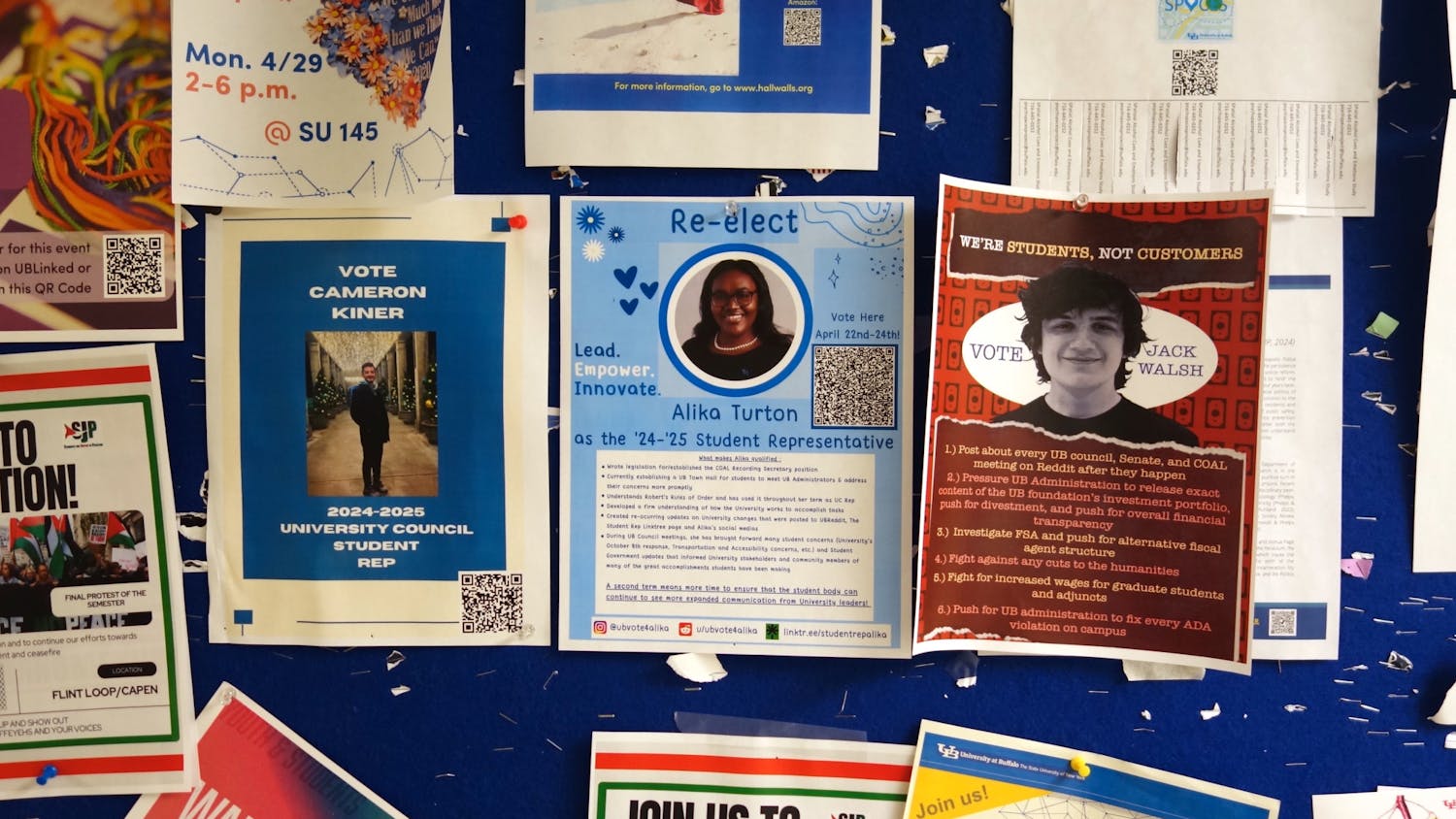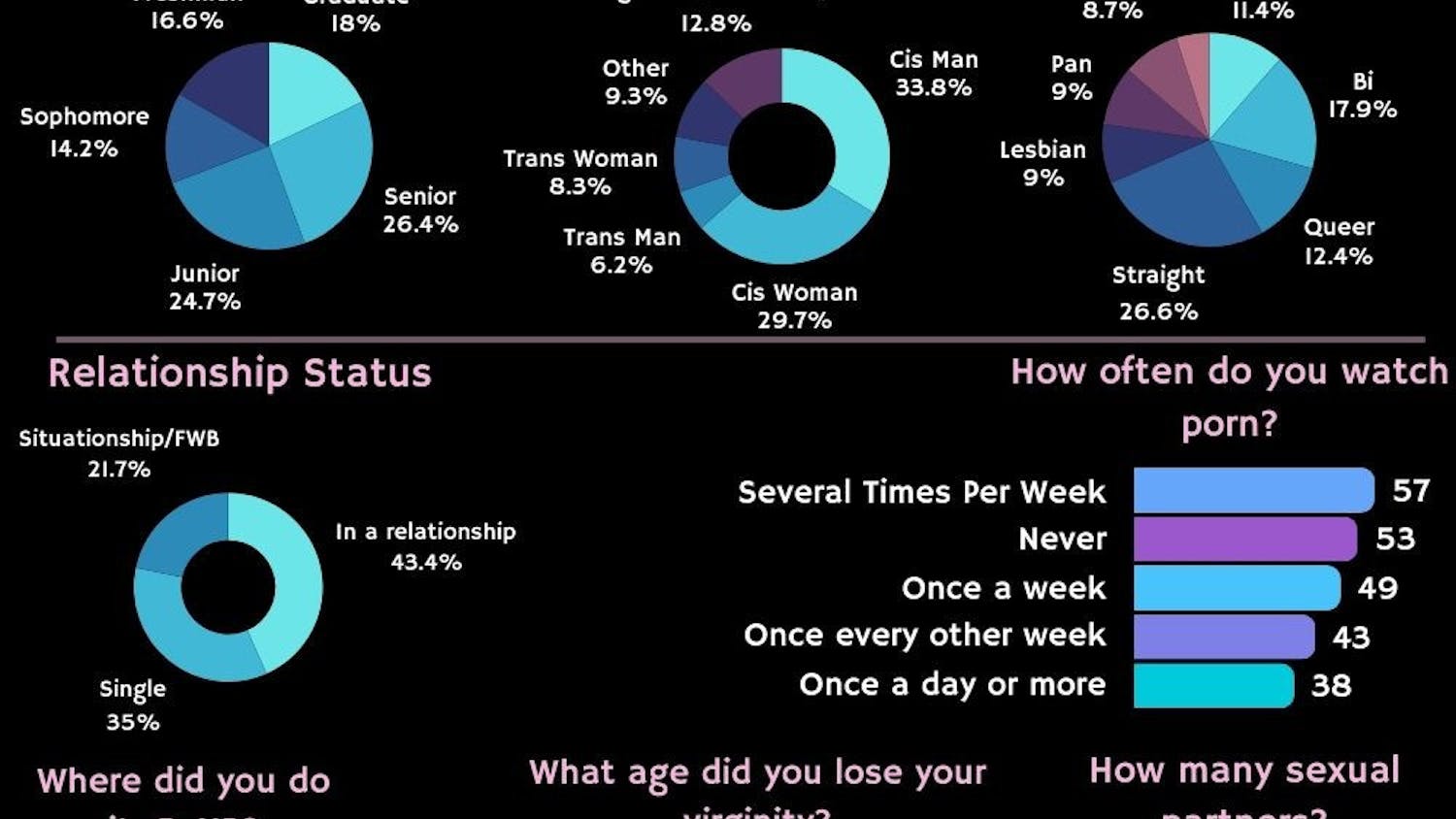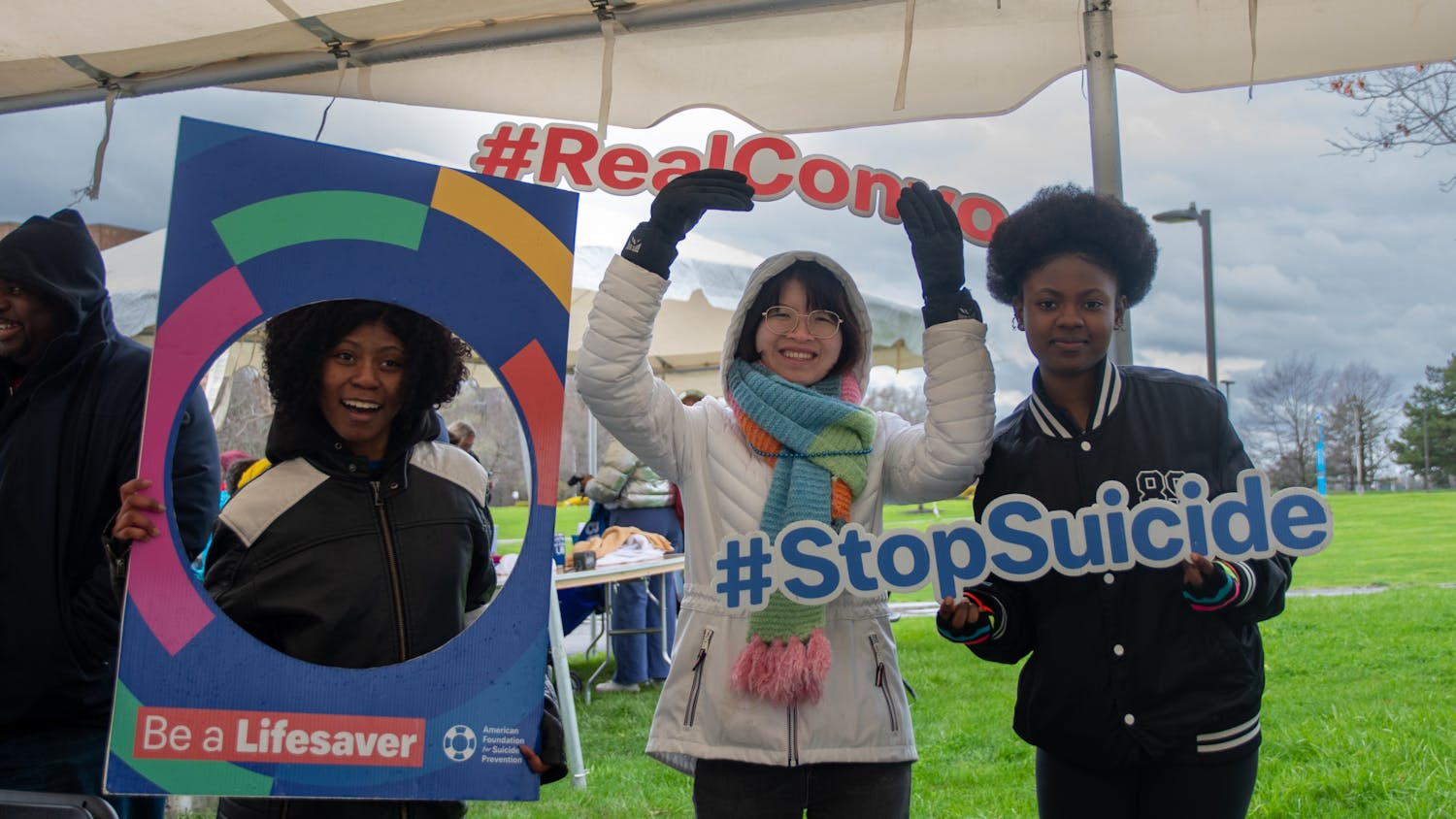When Ghalia Ajouz lived in her home country of Lebanon, she volunteered to work with Syrian refugees. But when she came to Buffalo, she knew she wanted to do something more “concrete” to assist the growing refugee population.
Ajouz, a third-year graduate architecture student, and her fellow classmates are currently working to design a temporary housing community for refugees who have resettled in Buffalo. This project has been a semester-long effort of associate architecture professor Erkin Ozay’s ARC 606 class entitled “Rethinking Resettlement.”
The class’ objective is to develop strategies for housing refugees in the Broadway-Fillmore section, located on Buffalo’s East Side.
The class was divided into five groups of three students who each developed different strategies and designs for the housing community. The students first researched the life of refugees pre- and post-resettlement and then explored designing the community from an urbanized perspective.
The New York State Bureau of Refugee and Immigrant Assistance estimated that 6,294 refugees settled in Erie County between 2010 and 2014.
“One of the things we do as architects is we look at who our clients are and our clients who are the refugees have been through a lot,” Ajouz said. “Their mental health, they’ve been into trauma, they’ve lost a lot of loved ones, so we want to give them peace of mind so they know this is a new chapter in their life.”
Ozay said he didn’t realize how much interest the subject would garner. He said the class is mostly made up international students who have personal connections with these issues.
Ajouz, who is an international student, has experienced the difficulties of moving into a new country. Although she grew up in a middle-class family and “lived a nice life,” she said she understands the difficulty of adjusting to a new culture.
During Ajouz’s first semester at UB, she got stomach ulcers because she was not used to the food in the country.
“When refugees come some people from the host country don’t like refugees coming in because they think that they utilize [government] assets,” Ajouz said.
She said they don’t realize refugees are revitalizing Broadway-Fillmore and they “bring life and culture” to Buffalo.
“[Refugees] are not savages they are just humans with the right to seek asylum,” Ajouz said.
Ozay became interested in focusing his class on refugee resettlement after he learned how Istanbul was transformed by the influx of refugees in his home country of Turkey when he taught at Harvard’s Graduate School of Design.
"There’s no resettlement program [in Instanbul], which has left many refugees in limbo both legally and socially. I had my eye on this issue for a while and after learning about the city more I was struck by how rich west side is socially, culturally and ‘urbanistically,’” Ozay said.
Ozay said the arrival of refugees brought the Buffalo West Side back to life and transformed it into the multicultural neighborhood that it is recognized as today. He said these refugees brought a boost in population and urbanization.
Ozay said a major issue of resettlement is affordability, and the cost of living is becoming more expensive in the West Side. This is why Ozay decided to focus his class’ efforts on the East Side.
“[The] East Side can be a new venue for refugees; there’s lots of vacant properties that can be reused and there are also some emerging multicultural neighborhoods,” he said.
Ozay said another major issue during resettlement is mental illness that refugees often experience. He said he is “continuously shocked” when finding out about the difficulties that refugees face.
Ozay worked with resettlement agency International Institute of Buffalo, which provided him with the resources he needed to undertake the project.
The students in Ozay’s class met with refugees from countries such as Burma, Ethiopia and Bhutan earlier this semester.
Ajouz said she and her group members met with a woman from Ethiopia who told them she was struggling to finish her education and take care of her family with her husband.
Ajouz and her group members incorporated a daycare in their design plan, so that the refugees can take turns watching one another’s children while their parents pursue their education. The design also includes a community kitchen to help the refugees assimilate into the new culture.
The students are using the central terminal to build parks for the neighborhood. It includes a garden, which Ajouz described as a psychological effort to encourage them to stay longer.
Ozay said he expects his students to build sophisticated assets of distribution and discover how they can go about creating urban environments in the city. He said he wants his students to be able to engage with an issue through design and research and address those issues adequately.
Leilasadat Mirghaderi, a first-year graduate architecture student who is working in Ajouz’s group, said it has been a pleasure to design an optimal environment where refugees feel comfortable rather than excluded.
“Our [class] title is resettlement but one of the literature reviews that we found is that resettlement is just the first few months but what we want is to integrate,” Ajouz said. “The integration is when the refugees become an equal part of the society.”
Ashley Inkumsah is the co-senior news editor and can be reached at news@ubspectrum.com





